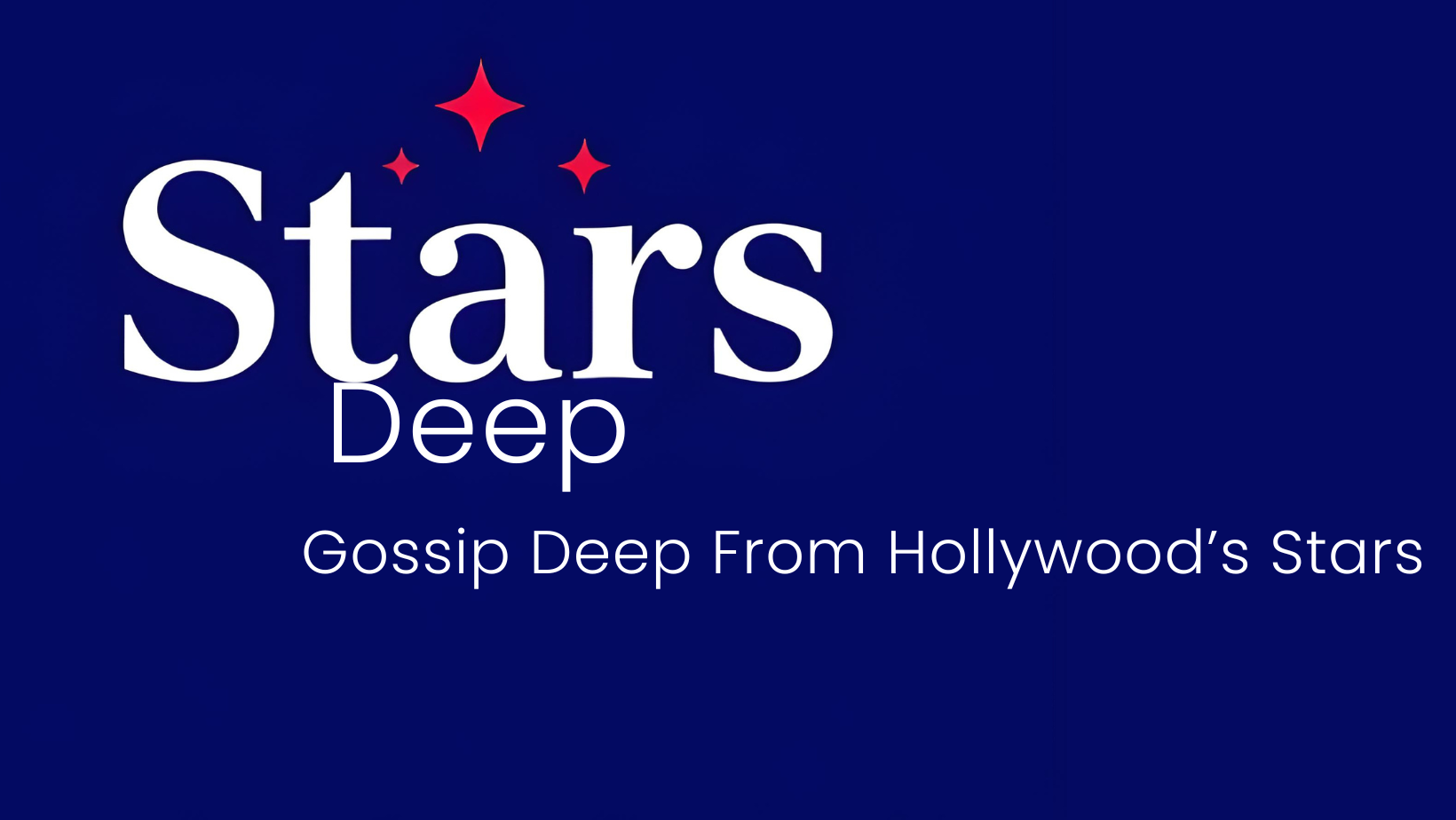The world received devastating news that Hulk Hogan, an icon whose influence transcended the wrestling ring, had passed away at 71. The circumstances surrounding his death paint a somber picture of a man whose health had been fragile but whose legacy remained robust. Reports indicate that Hogan suffered a cardiac arrest at his Clearwater, Florida home, leading emergency responders to rush to his aid in a desperate attempt to save his life. Witnesses describe a frantic scene where medical personnel administered chest compressions as Hogan was transported to the hospital. Despite the heroic efforts, Hogan was pronounced dead at the hospital. Such moments serve as poignant reminders of how even the most seemingly invincible athletes are vulnerable to the frailties of the human body. The official statements reassure that there are no signs of foul play, yet these facts do little to lessen the sense of loss felt by fans worldwide who grew up cheering for the larger-than-life figure whose energy symbolized resilience.
The Rise of a Pop Culture Phenomenon
Few figures have managed to embed themselves as deeply in American pop culture as Hulk Hogan did during the 1980s. Before Hogan, professional wrestling was a niche entertainment, often limited to regional territories with modest audiences. Hogan’s charismatic persona, combined with his magnetic in-ring presence, transformed the sport into a nationwide spectacle. His persona—marked by that signature bandana, handlebar mustache, and muscular physique—became instantly recognizable symbols of a larger-than-life hero. With his defining victory over the Iron Sheik in 1984, Hogan ignited “Hulkamania,” a cultural phenomenon that captivated children and adults alike. His ability to harness the wild theatrics of wrestling and blend it with genuine athleticism turned wrestling into family entertainment—a genre that, thanks to his influence, blossomed into a global enterprise. Hogan’s rise sowed the seeds for wrestling’s pervasive presence across television, movies, and merchandise, elevating it from a sport to an entertainment powerhouse.
The Evolution of Hogan: From Hero to Villain and the Complexity of Legacy
Hulk Hogan’s career was marked not only by unparalleled success but also by dramatic reinventions. The peak of his hero persona culminated in legendary bouts, including his showdown with Andre the Giant at WrestleMania III, which remains one of the most iconic moments in wrestling history. Yet, the wrestler’s evolution was equally notable. In 1996, Hogan adopted the villainous persona of Hollywood Hulk Hogan, leading the rebellious New World Order (NWO)—a storyline that revolutionized the industry. This transition from hero to antagonist demonstrated Hogan’s complex understanding of character dynamics and storytelling. However, his career was marred by controversy, including a scandal involving racist remarks and a subsequent lawsuit, which temporarily tarnished his image. Despite this, WWE recognized his contributions by inducting him into the Hall of Fame twice—once in 2005 and again in 2020, as part of NWO. Hogan’s ability to reinvent himself and remain relevant highlights both his resilience and the nuanced nature of his legacy.
Beyond Wrestling: A Multifaceted Influencer in Politics, Media, and Entertainment
Hulk Hogan was more than a wrestler; he was a cultural influencer whose reach extended into various segments of society. His sporadic appearances at political events, including a prominent role at the 2024 Republican National Convention, underscored his unexpected but strategic engagement with the political arena. Hogan’s ventures into Hollywood saw him star in action movies like “Rocky III” alongside Sylvester Stallone and in comedies such as “Mr. Nanny.” His reality TV show, “Hogan Knows Best,” brought his personal life into millions of homes, showcasing a relatable family man behind the larger-than-life persona. Additionally, his efforts to launch an amateur wrestling league, “Real American Freestyle,” reflect his ongoing commitment to the sport’s growth. Hogan’s life was one of contradictions—resilient yet vulnerable, flamboyant yet authentic—and that duality resonated with millions of fans navigating their own complexities. Ultimately, Hogan’s story exemplifies how a charismatic individual can shape not only an industry but also societal perceptions of strength, perseverance, and transformation.
Controversy, Redemption, and the End of an Era
Hulk Hogan’s career was punctuated by controversies that challenged his status as a hero. The infamous racist comments, secretly recorded and later made public, ignited a firestorm of criticism and led to his temporary removal from WWE’s Hall of Fame. Yet, his subsequent legal victories and the WWE’s decision to reinstate him underscore the complicated reflections many have about forgiveness and redemption in the public sphere. Hogan’s resilience in overcoming personal and professional setbacks echoes his in-ring persona—an indomitable fighter who refused to stay down entirely. His health struggles, including numerous surgeries due to wrestling injuries, also shed light on the toll taken by decades of physical strain. In his final months, despite rumors of being gravely ill, Hogan maintained a semblance of vitality through his public endeavors and new wrestling projects. His death marks the end of an era that transformed entertainment and left an indelible mark on multiple generations.


Leave a Reply